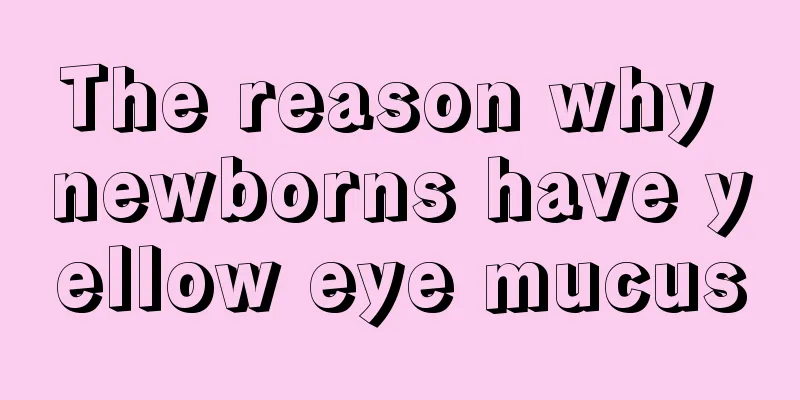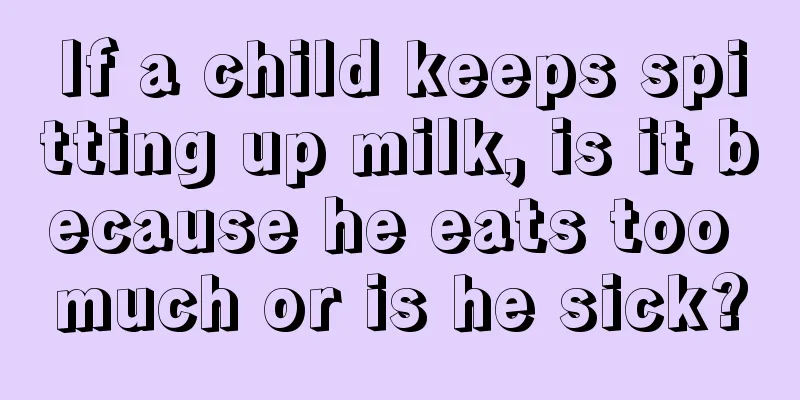What to do if your child has a bacterial infection

|
It is common for children to feel unwell. Once this happens, they need to go to the hospital for examination in time. There are many diseases that children are prone to in life. When taking care of children, parents also need to have a comprehensive understanding to avoid some diseases causing terrible harm to children. Bacterial infections in children are a common condition and must be treated as soon as possible. So what should we do if children have bacterial infections? Let’s take a closer look. What to do if a child has a bacterial infection and fever: If the baby's body temperature is below 38.5℃, there is no need to take antipyretics, but other measures can be taken to reduce the temperature. First of all, the indoor environment should be kept quiet, the temperature should be moderate (18℃~25℃), and the ventilation should be good. The clothes and quilts should not be too thick. If the baby sweats a lot, change the clothes into clean clothes in time and wipe them with warm water. When a baby has a fever, his breathing will speed up and more water will evaporate, so it is necessary to replenish water in time and let the baby drink more warm water to encourage more urination and sweating to lower the temperature. 37.5℃ ~ 38℃ is a low fever, 38.1℃ ~ 39℃ is a moderate fever, 39.1℃ ~ 40.4℃ is a high fever, and above 40.5℃ is a very high fever. If the baby's temperature is high but it is not to the point of taking antipyretics, physical cooling can be used. Specific method: Wet a towel with warm water, wring it slightly dry, and then wipe the baby's neck, arms, chest, back, thighs and other parts. Wipe the large blood vessels in the elbows, armpits, and neck a few more times until a slight redness appears. You can also put an ice pack or cold towel on your child's forehead to reduce the brain's oxygen consumption, thereby lowering body temperature and protecting the brain. Do not use alcohol bath to cool down the baby, because the baby's skin is delicate and alcohol is easily absorbed into the body, which will cause the baby to be irritable and cry. If the baby's temperature is above 38.5℃, you can take antipyretics. After we understand how to treat bacterial infections in children, we can follow the above methods when children have bacterial infections and fever. If a child's fever persists, parents need to pay attention and take the child to a regular hospital for treatment, which can help the child better avoid the harm caused by bacterial infection. |
<<: What should I do if my two-month-old baby has diarrhea?
>>: How to treat gastroenteritis in children?
Recommend
Commonly used drugs for treating diarrhea in children
Children often eat without paying attention to th...
Four tips to distinguish colds and pneumonia in children
The symptoms of pneumonia are very similar to tho...
What to do if a 3-year-old child has a high fever and convulsions
Fever is a common disease in children, and most o...
A three-year-old boy has delayed language development?
Under normal circumstances, a three-year-old baby...
What are the causes of sleepiness in children?
In a family with children, everything about the c...
What should I do if my child has an itchy throat and dry cough? These foods are recommended
If a child has a dry cough and is accompanied by ...
What to do if baby's hair grows slowly
Parents are particularly concerned about their ch...
How big is the baby's hernia surgery?
Hernia is a very common phenomenon, especially in...
What to do if nephrotic syndrome relapses in children
Nephrotic syndrome is common in teenagers. In fac...
What are the dietary treatments for a six-month-old baby with a cold and runny nose?
Colds can bring many other complications. Runny n...
Can 6-month-old babies eat pumpkin?
When the baby grows to 6 months old, the nutritio...
Why is my baby having trouble breathing?
Babies are the apple of every family's eye. W...
What causes fever on the back of the child's head?
Children have poor resistance when they are young...
How to cure hoarseness in children?
We know that the affected part is the vocal cords...
What to eat to improve intelligence? This thing is good for your brain!
A child's intelligence and IQ determine his f...









